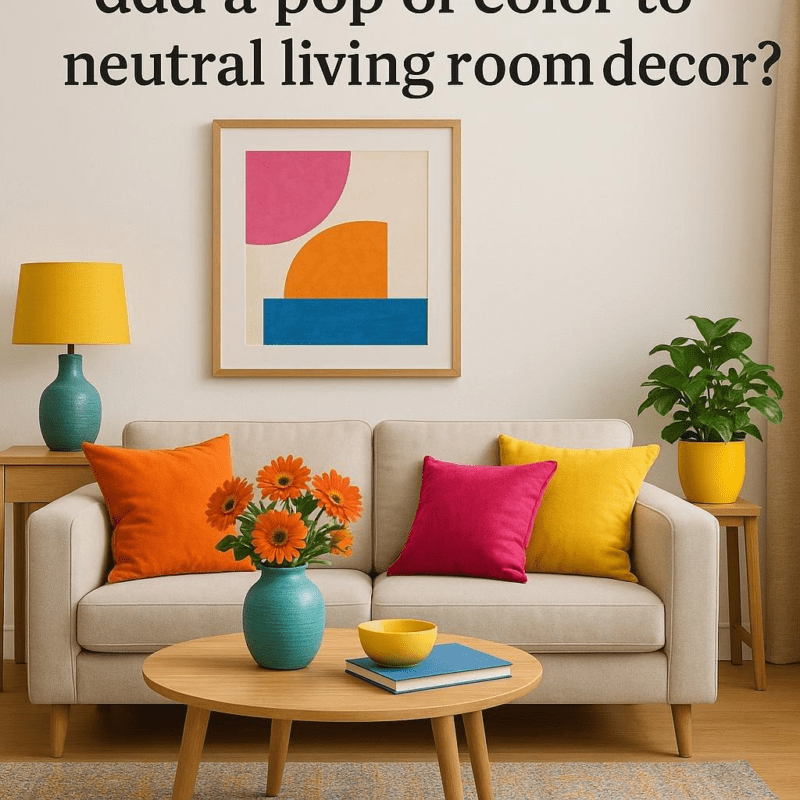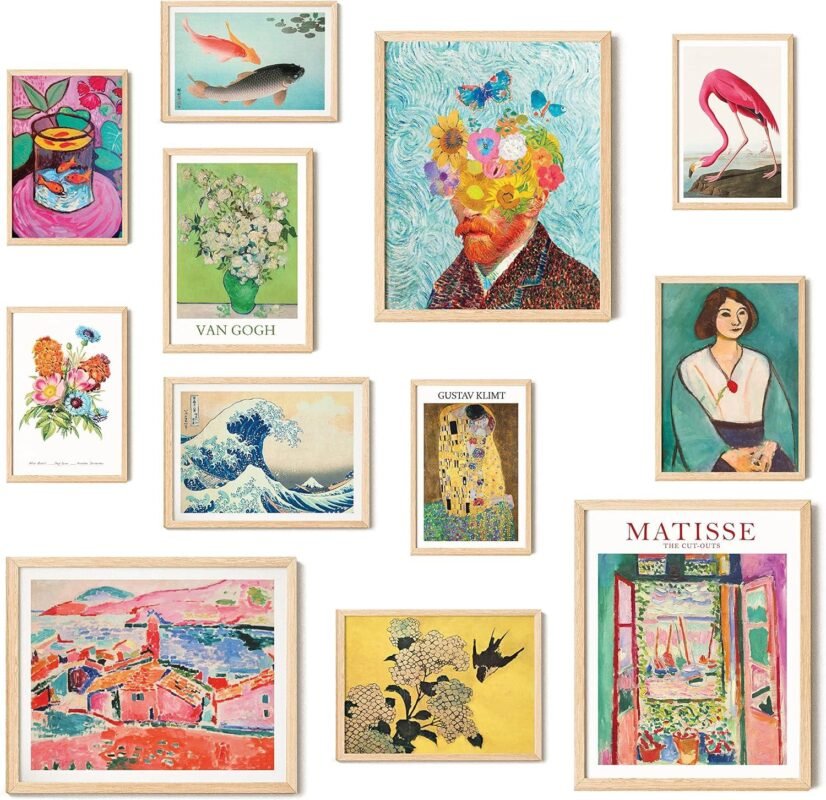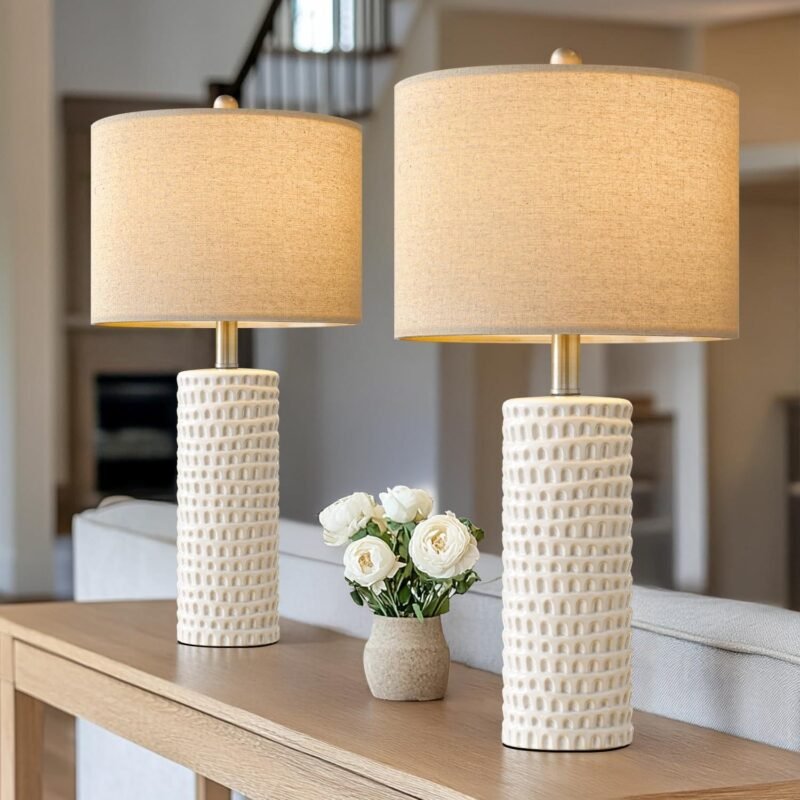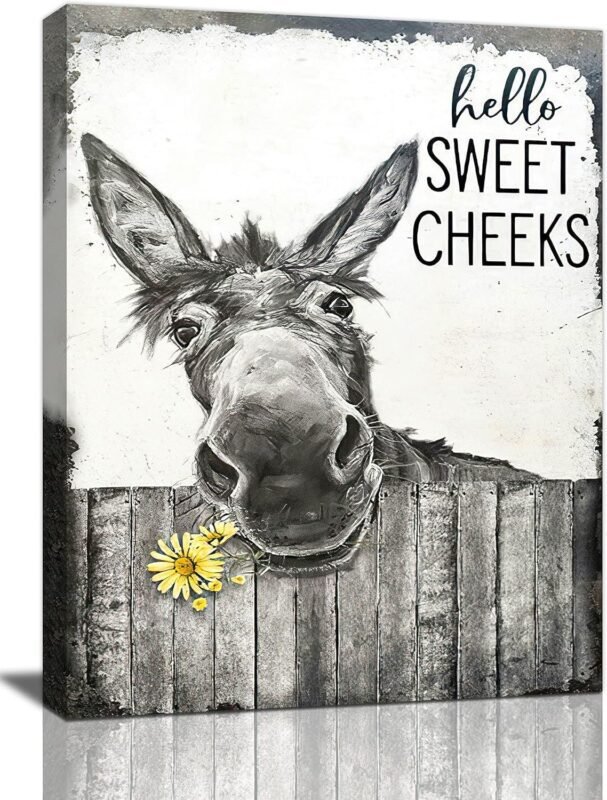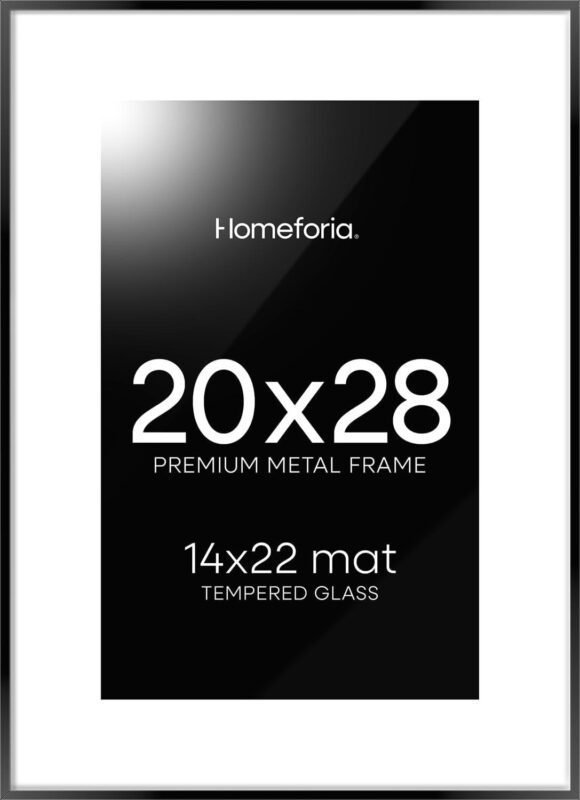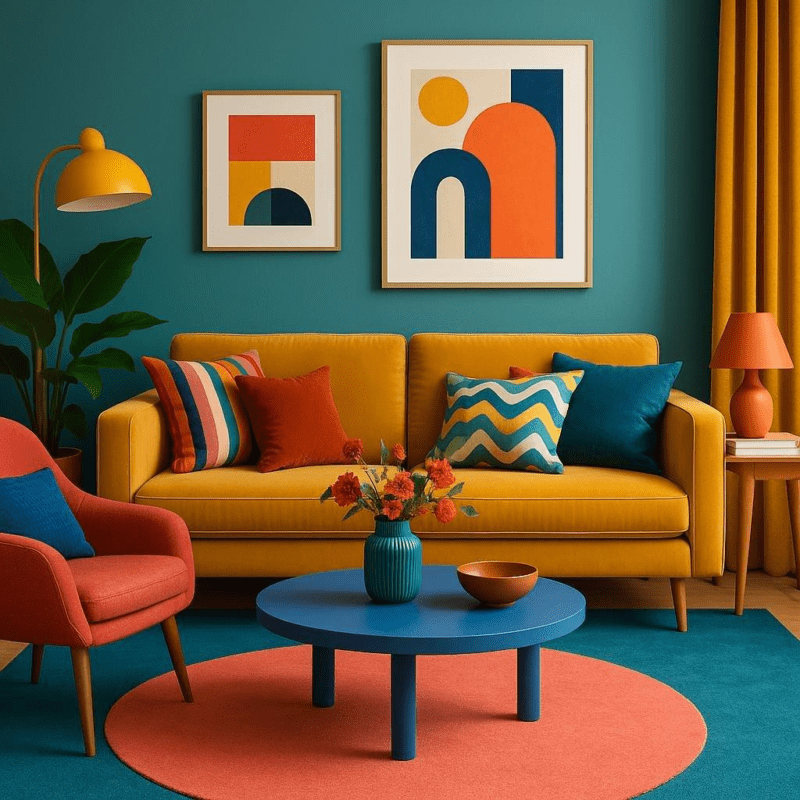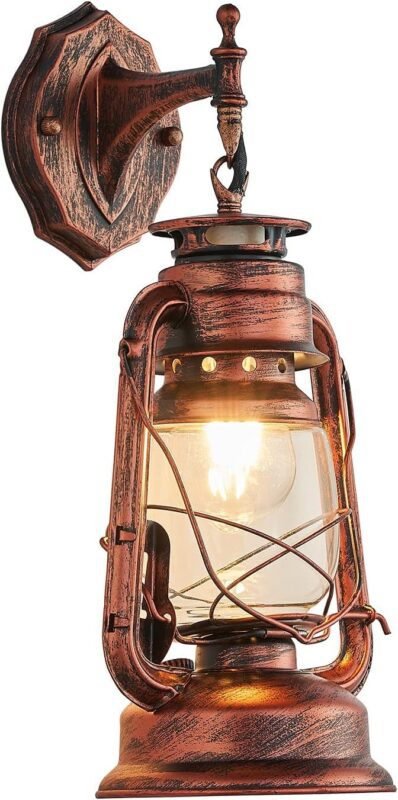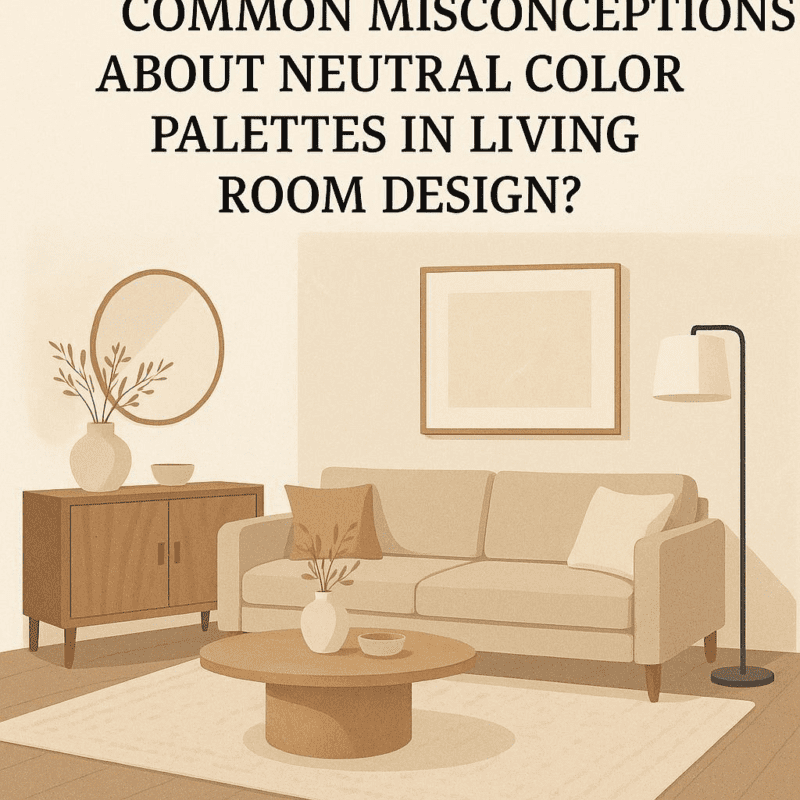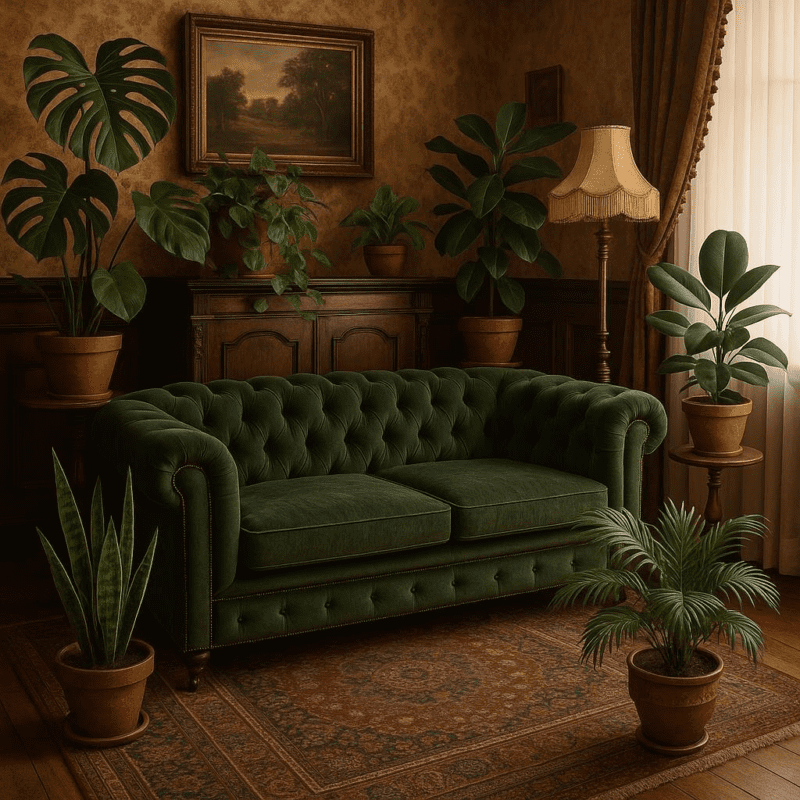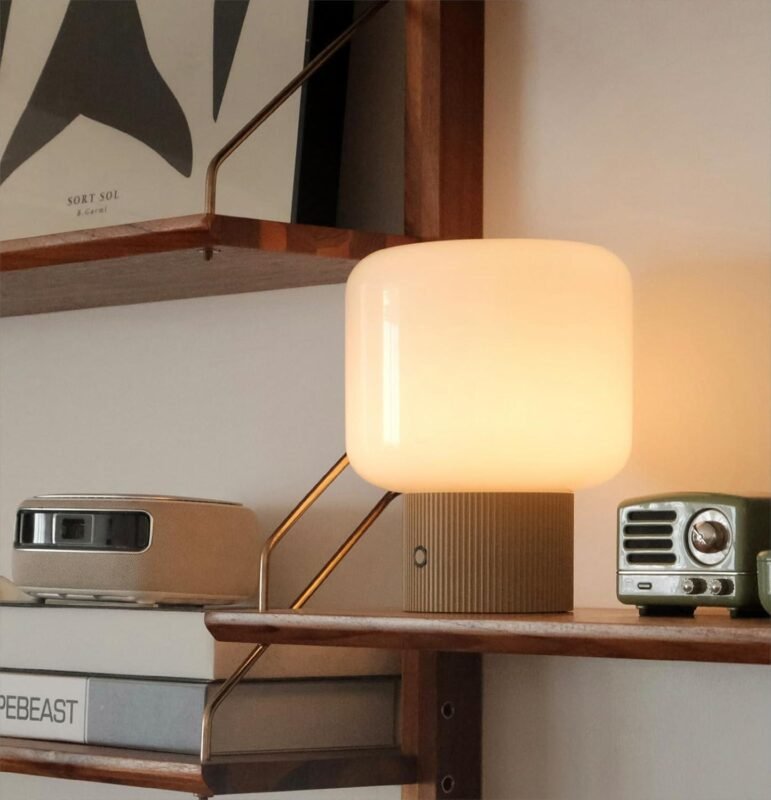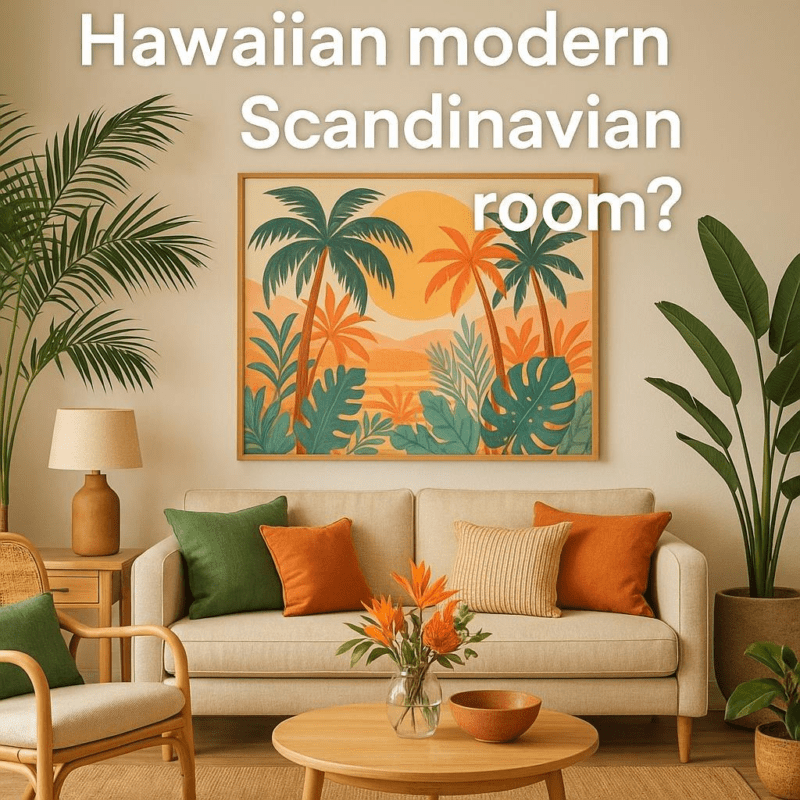How can I mix and match different wall decor styles in a living room?
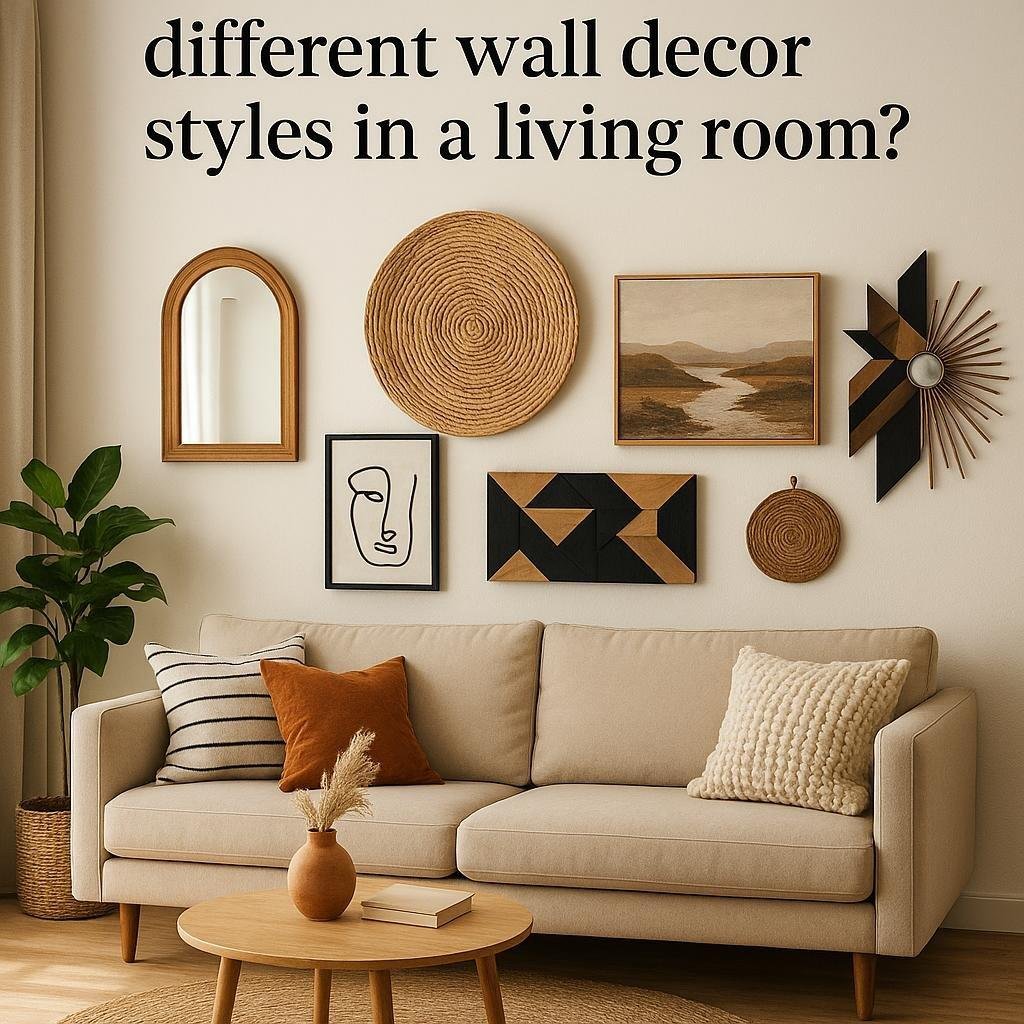
Creating a living room that truly reflects your personality and taste can be an exciting yet sometimes challenging endeavor-especially when it comes to mixing and matching different wall decor styles. Whether you’re drawn to the timeless elegance of classic frames, the bold statement of modern art, or the cozy charm of rustic accents, combining these elements thoughtfully can bring depth and character to your space. In this article, we’ll explore practical tips and creative ideas to help you blend various wall decor styles effortlessly, turning your living room into a harmonious and visually captivating retreat.
Understanding Your Personal Style and Choosing a Cohesive Color Palette
Discovering your unique aesthetic is the foundation for blending diverse wall decor styles successfully. Begin by identifying elements that resonate with you-whether it’s the rustic charm of vintage frames or the sleek lines of modern art. Embrace this journey as an possibility to showcase your personality through textures,shapes,and themes.Keep a small inspiration board or digital collection to gather patterns, colors, and styles you love; it will serve as a helpful visual guide when curating your pieces.
Once your style preferences are clearer, crafting a harmonious color palette acts as the tying thread for your eclectic selections. Opt for three to five complementary shades to maintain balance and avoid visual chaos. consider mixing neutrals with bold accent colors to draw attention to key decor items. A handy approach is to classify your palette by usage: primary wall color, accent pieces, and decorative highlights as shown below:
| Color Role | Purpose | Example Shades |
|---|---|---|
| Primary | Base wall color | Warm beige, soft gray |
| Accent | statement pieces | Deep navy, burnt orange |
| Highlight | Small decor details | Mustard yellow, emerald green |
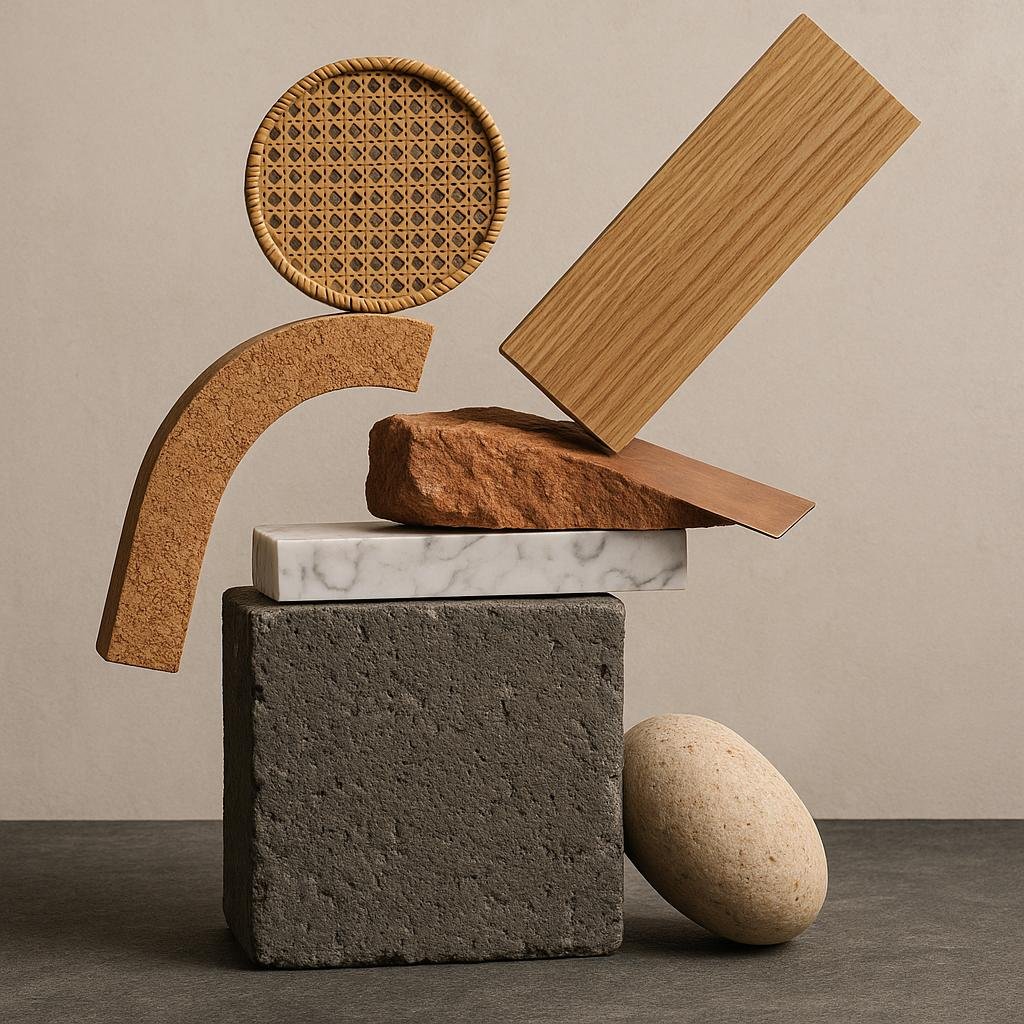
Balancing Different Textures and Materials for Visual Interest
To create a captivating living room, combining varied textures and materials is key. Think beyond just paint and prints-incorporate tactile elements like woven fabrics, smooth metals, and natural wood finishes. these contrasts not only add depth but also invite touch and curiosity. For example,pair a rustic wooden frame with a sleek metal wall sculpture or a soft textile wall hanging beside a glossy tile mosaic.This interplay makes the walls visually dynamic and stimulates the senses.
When balancing these elements, keep a harmonious color palette to unify the mix.Use neutral tones as a base and introduce a few accent shades consistently across textures. Also,consider scale and weight; heavier materials like stone or thick wood can be balanced with lighter items such as delicate weavings or floating shelves. Here’s a quick guide to mixing textures effectively:
- Wood: warmth and natural charm
- Metal: Modern edge and shine
- Textiles: Softness and comfort
- Glass or Ceramic: Reflective and delicate touch
| Material | Visual Effect | Best Use |
|---|---|---|
| Wood | Earthy & Warm | Framing & Shelves |
| Metal | Sleek & Modern | Sculptures & Accents |
| Textile | Soft & Cozy | Wall Hangings & Panels |
| Glass | Light & Reflective | Art Pieces & Mirrors |
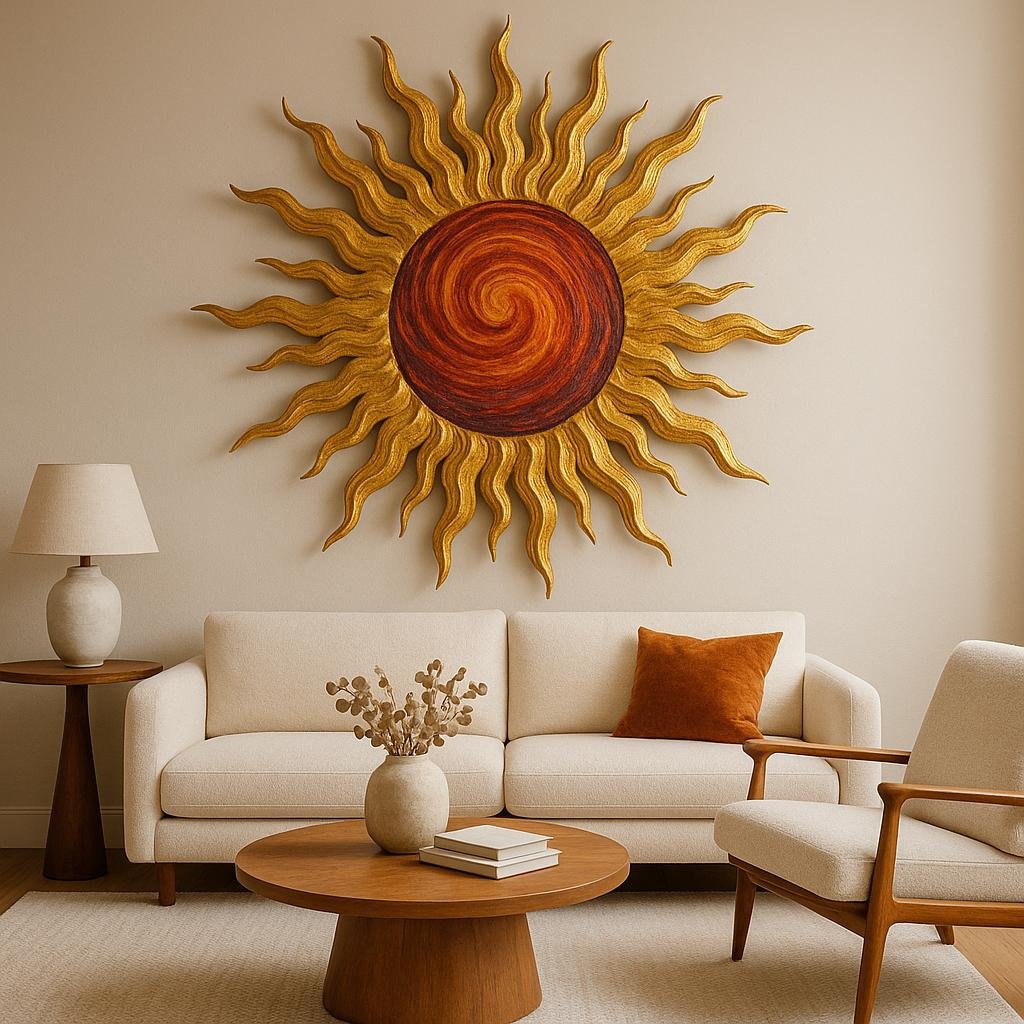
incorporating Statement pieces without Overwhelming the Space
Balancing bold, eye-catching pieces with the overall aesthetic of your living room is essential to maintain harmony. Begin by selecting one or two statement pieces that truly resonate with your style-be it a large abstract painting, an oversized mirror, or a sculptural wall hanging. these elements should serve as focal points and anchor the room’s design without competing for attention. To prevent the space from feeling cluttered, keep surrounding decor minimal and cohesive in color or texture, ensuring the statement items shine without overwhelming the senses.
To help you blend statement pieces effectively, consider layering smaller, complementary items around them. For instance, a striking geometric mirror can be paired with simple framed prints or subtle metal accents nearby. Here’s a quick guide on how to mix statement elements while preserving balance:
- Scale Matters: Use large pieces sparingly and balance with smaller, understated decor.
- Color Cohesion: Opt for a limited palette that includes hues from your statement pieces.
- Negative Space: leave breathing room around bold elements to avoid visual overload.
- Texture Play: Mix smooth and tactile surfaces to add depth without clutter.
| Statement Piece | Complementary Decor | Placement Tip |
|---|---|---|
| Oversized Canvas Art | Neutral-tone frames | Center above sofa |
| Vintage Mirror | Metallic wall sconces | Flank with symmetrical accents |
| Sculptural Wall Hanging | Minimalist shelves | Highlight with spot lighting |
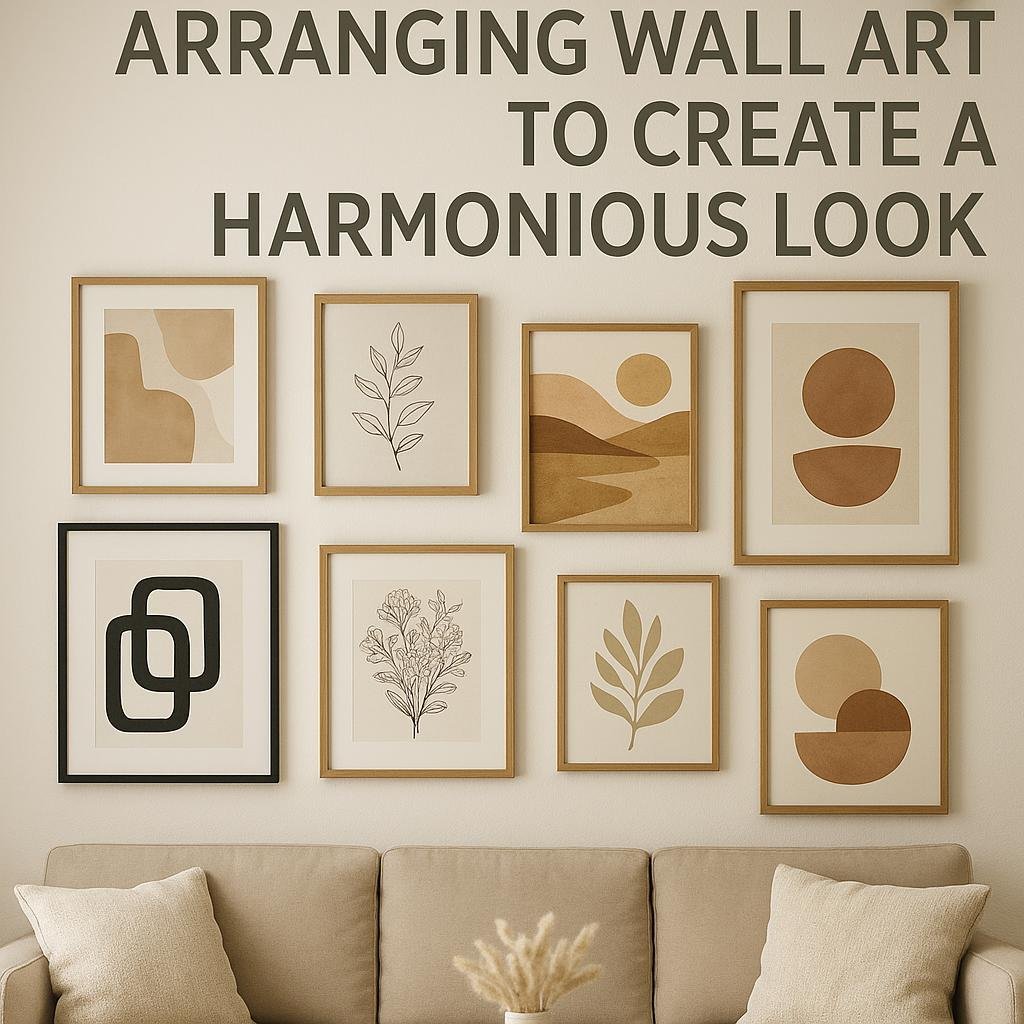
Tips for Arranging Wall Art to Create a Harmonious Look
Achieving a balanced and cohesive gallery wall starts with choosing a unifying element. Whether it’s a color palette, frame style, or theme, having a consistent thread running through your artwork helps blend different styles seamlessly. such as, mixing abstract art with vintage photography works beautifully when all framed in sleek black or natural wood frames. Play with scale by combining large statement pieces with smaller complementary works to draw the eye evenly across the wall. This contrast keeps the arrangement dynamic without overwhelming the space.
Consider spacing and layout carefully to maintain harmony. Start by laying out your pieces on the floor before hanging to experiment with different compositions – this hands-on approach lets you visualize balance and flow. Use uneven spacing to create a relaxed, eclectic vibe or stick to equal gaps for a more structured appearance. Here’s a simple guide to spacing:
| Arrangement Style | Recommended Spacing | Effect |
|---|---|---|
| Symmetrical Grid | 2-3 inches | Crisp and Formal |
| Salon Style (Eclectic) | 1-2 inches or random | Artfully Casual |
| Linear Lineup | 3-4 inches | Modern and Sleek |
- Anchor your display: Use a larger piece or a grouping of colors as a visual anchor.
- Mix textures: Incorporate frames with different finishes, such as matte and glossy, to add depth.
- Balance color: Distribute pops of color throughout to maintain a pleasing rhythm.
In Summary
Mixing and matching different wall decor styles in your living room is all about expressing your unique personality while creating a harmonious and inviting space.By thoughtfully combining various elements-whether it’s blending modern art with vintage frames, balancing colors and textures, or layering patterns-you can achieve a look that feels both curated and comfortable. Remember, the key is to maintain a cohesive thread, whether through color palettes, themes, or scale, so your wall decor tells a story that’s distinctly yours. With a little experimentation and confidence, you’ll transform your living room into an inspiring and stylish haven that reflects the best of your creativity. Happy decorating!

